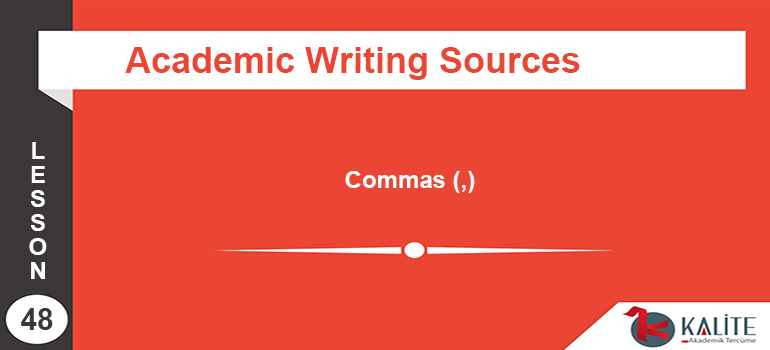
Commas (,)
It’s no wonder that commas are the most misused piece of punctuation when you consider that they might be the most common piece of punctuation in English. Many listen or feel for the place to put a comma, but invariably these writers someday make mistakes with commas.
Grammatical Rules for Comma Usage
The best way to master commas is to learn the grammatical rules that govern their use. Any manual of style (e.g. Chicago, MLA, APA, IEEE, etc.) will outline these rules in detail, but more accessible writing guides are also available (one of my favourites is Martha Kolln’s Rhetorical Grammar).
There are too many uses and misuses of commas to list here, and most call for a grasp of grammatical terminology that we don’t have space for here.
A few of the most common comma problems
- Run-on sentences (especially “comma splices”).
- Missing commas around “however.”
- Commas separating the second verb in a
compound predicate.
A “compound predicate” is simply a kind of sentence structure that has one noun with two associated verbs. In the example below, the “small cat” (one noun) does two things, “scamper” and “leap” (two verbs), meaning that this sentence has a compound predicate.
Unless you have reason to give the second verb special emphasis, or unless you must add a comma to help clarify the sentence, don’t add a comma between the first and second verbs. In other words, although in some circumstances you can use a comma, your default sentence construction should omit it.
| Examples |
| “The small cat scampered across the floor and leapt onto the table.” |
| “The small cat scampered across the floor, and leapt onto the table.” |


